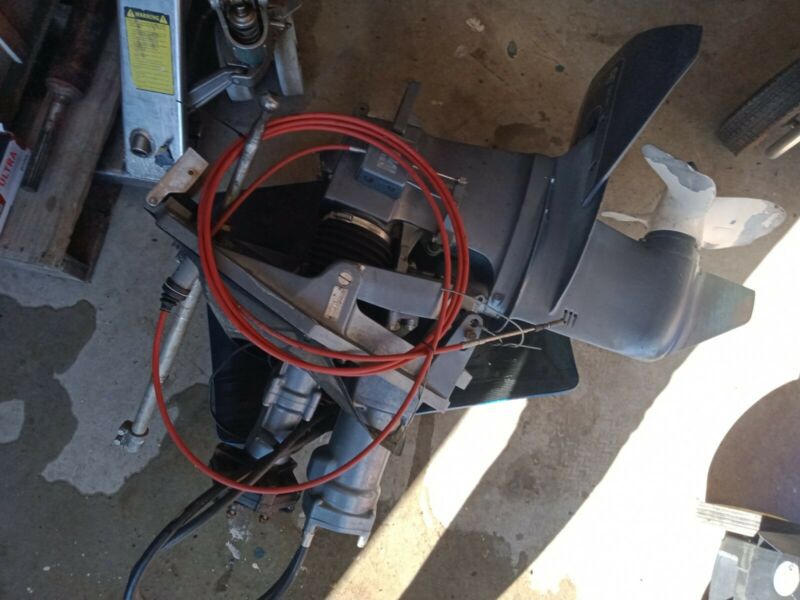

The negative to working on theses Tugs and Cuts is everything is tight. Most major jobs can also be done with the boat in the water. Inboard diesel - oil change, reverse gear, both primary and secondary filters, air filter, coolant change, raw water pump impeller and packing gland adjustment, all can be done with the boat in the water and by a DIY. Yearly maintenance Items that can be maintained without hauling the boat are a bit different between the outboard and inboard. Parts availability better for Yamaha or Suzuki. I believe it is a wash! Maintenance cost for parts slightly higher for Volvo or Yanmar. Diesel - small displacement high output, common rail, turbo charged, mounted to a reverse gear. On the subject of maintenance " new outboard " verse "new diesel " My definition of new outboard -4 stroke, fuel injected, electronic fuel management. My inboard will be happily on plane at 13 knots. Outboard boats are much faster but also need to be going faster to plane which could result in a rougher ride in choppy seas.

Depending on the model boat you are looking at, an outboard version may not have a generator. I've followed a lot of threads on the difference between the two as I find it intriguing how the industry is moving to outboards on formerly traditional sterndrive / inboard boats. Winterizing the engine is easier on an outboard but not difficult on the inboard. Not sure what this looks like for the outboards. Parts alone for the engine/generator filter, air, fuel changes was shy of $500. And there's maintenance of the drive shaft seal (I haven't looked into this much yet). I'm not a mechanic by a long shot but quite handy.Įngine/Generator Fuel & Air filter change

I would say it's probably more complicated than an outboard but nothing meaningful for me. I recently purchased a Ranger Tug with the Volvo D4-300 inboard and have no issues whatsoever with the general maintenance items. I've always maintained the engines on my water toys from outboards, jet ski inboards, and sterndrive engines.


 0 kommentar(er)
0 kommentar(er)
